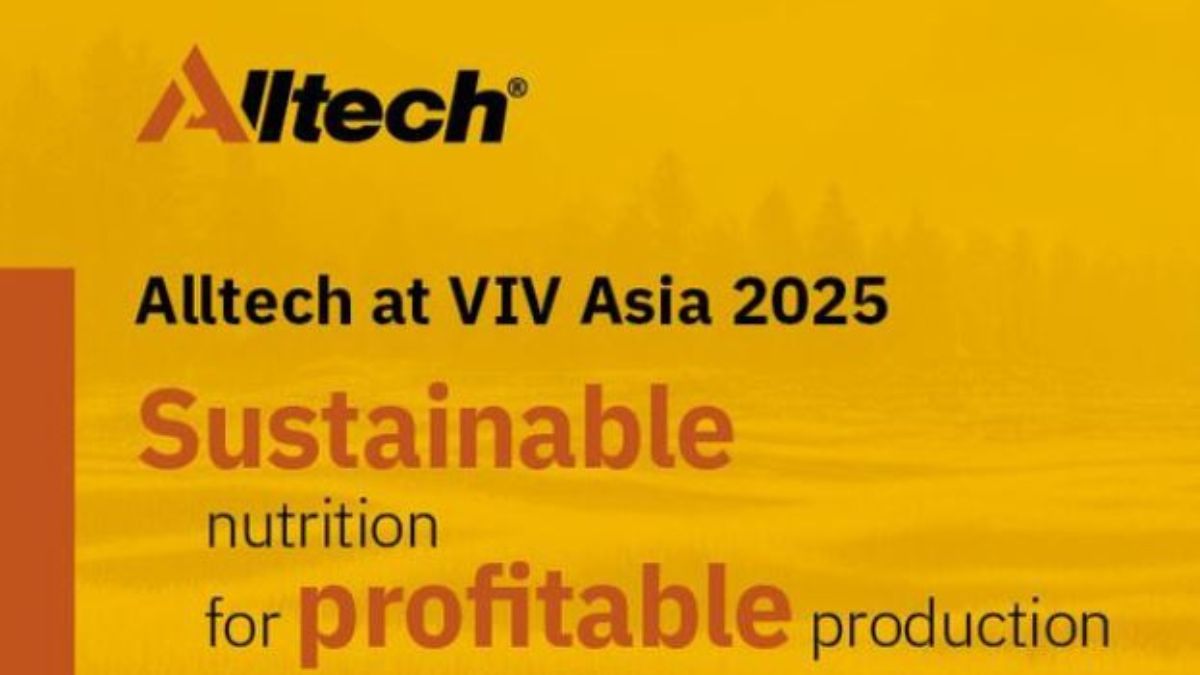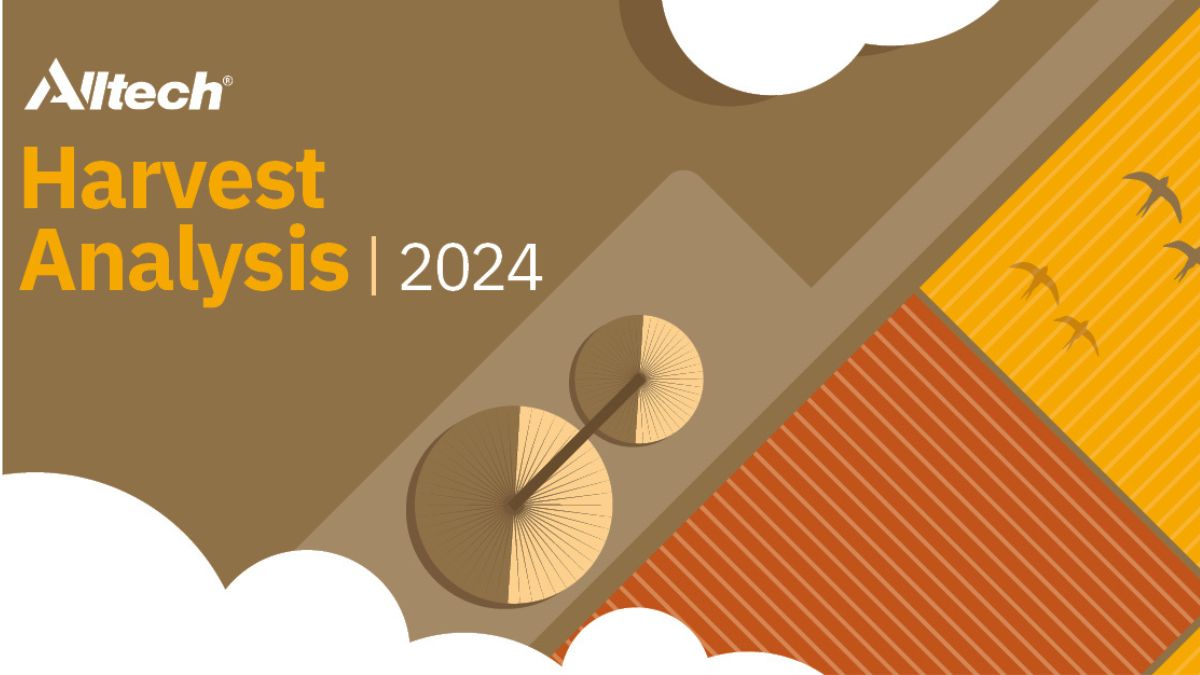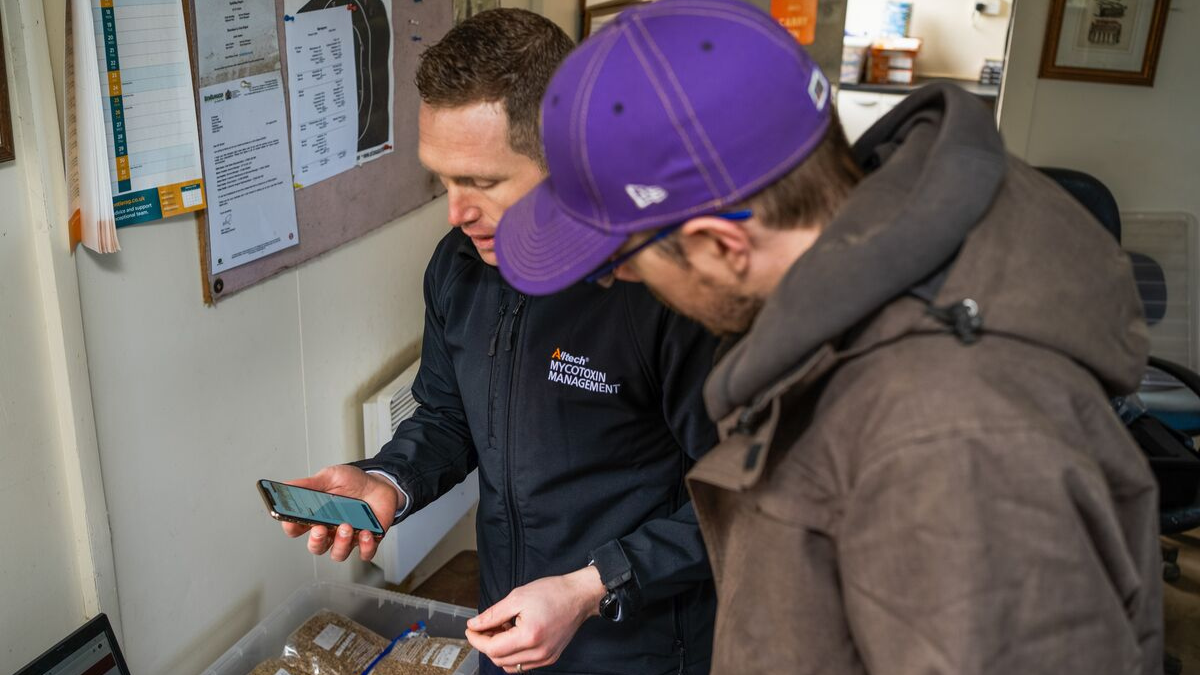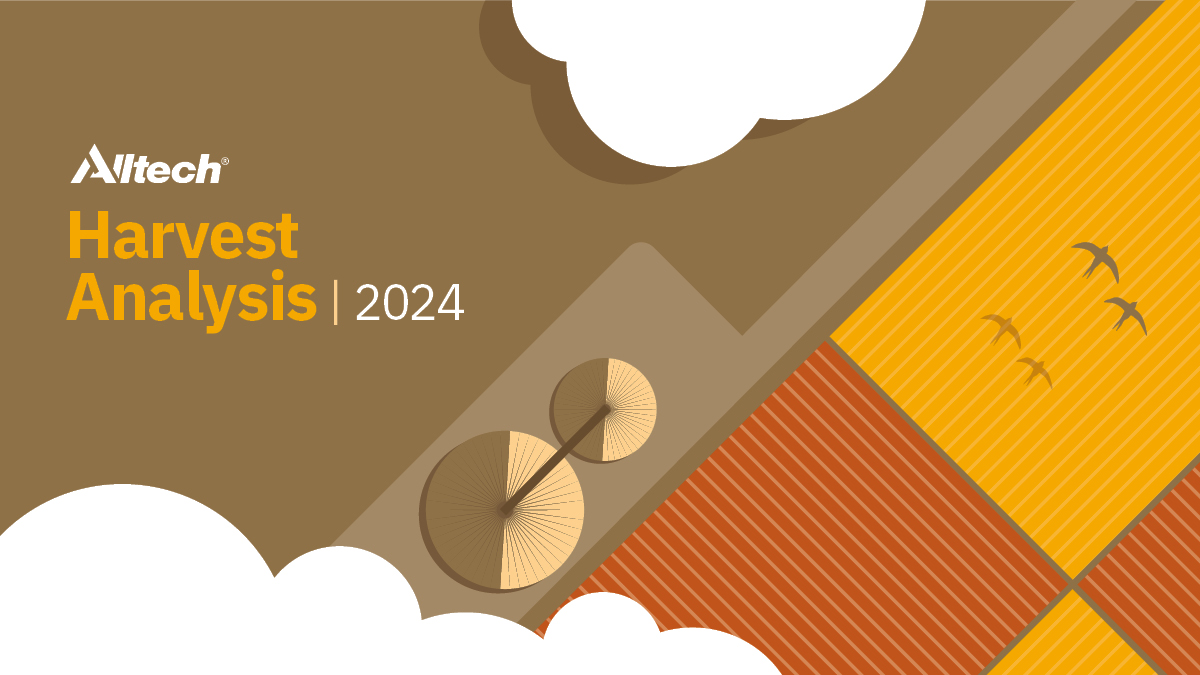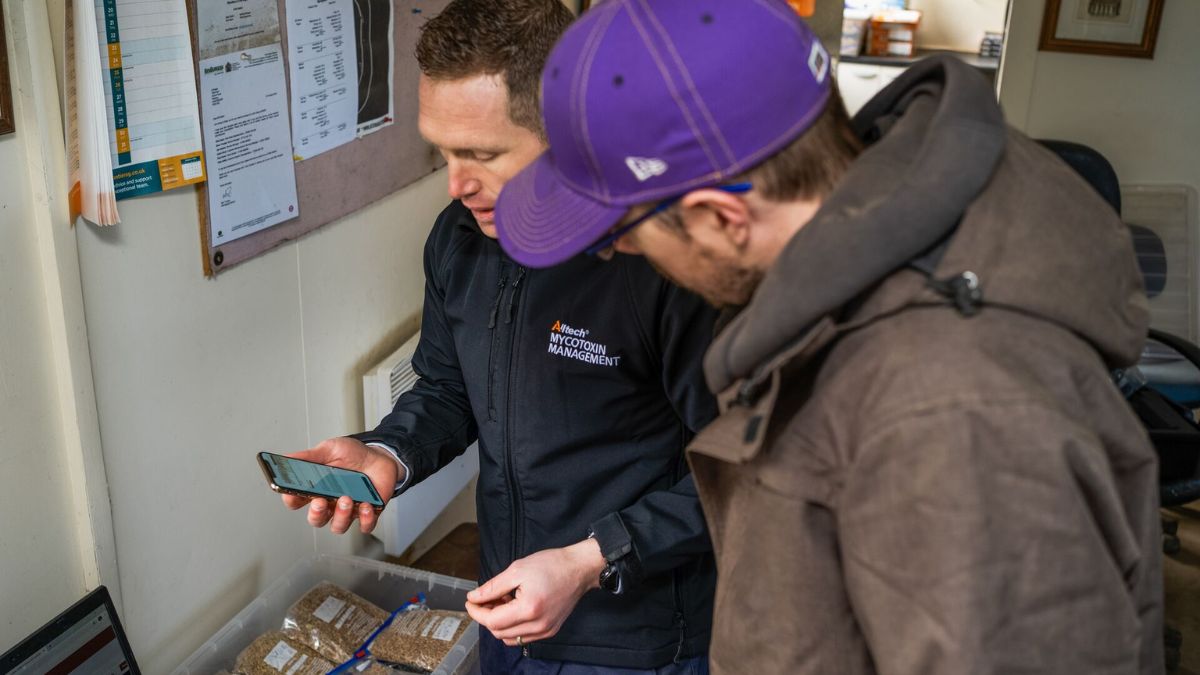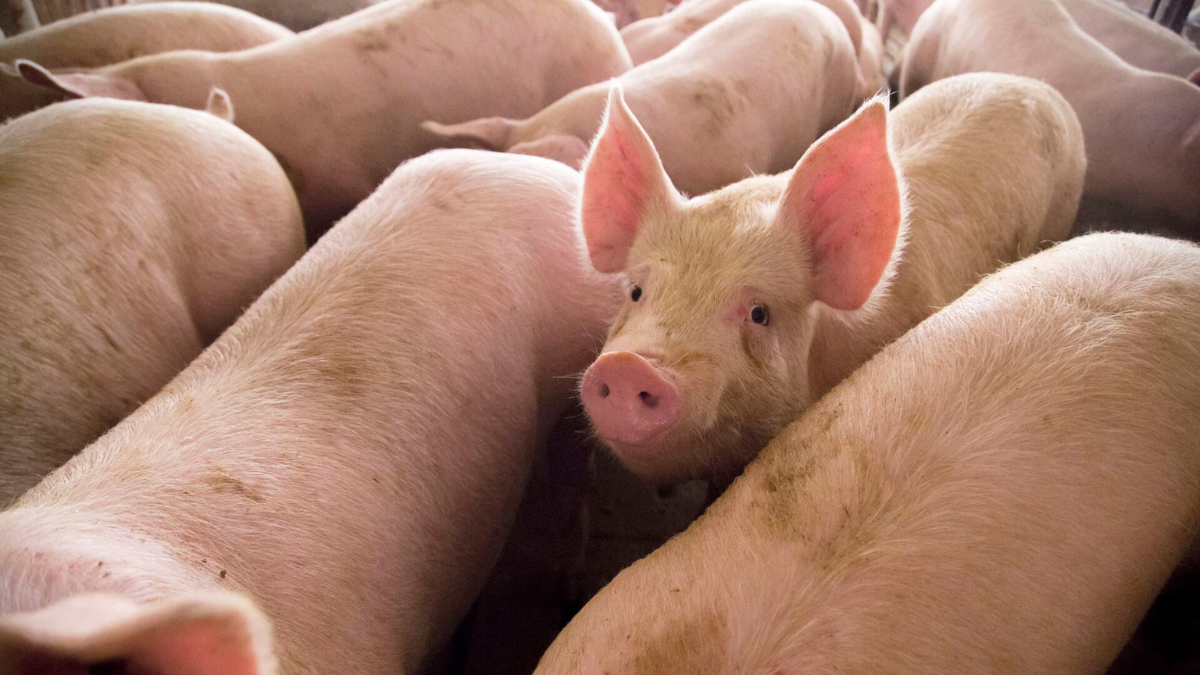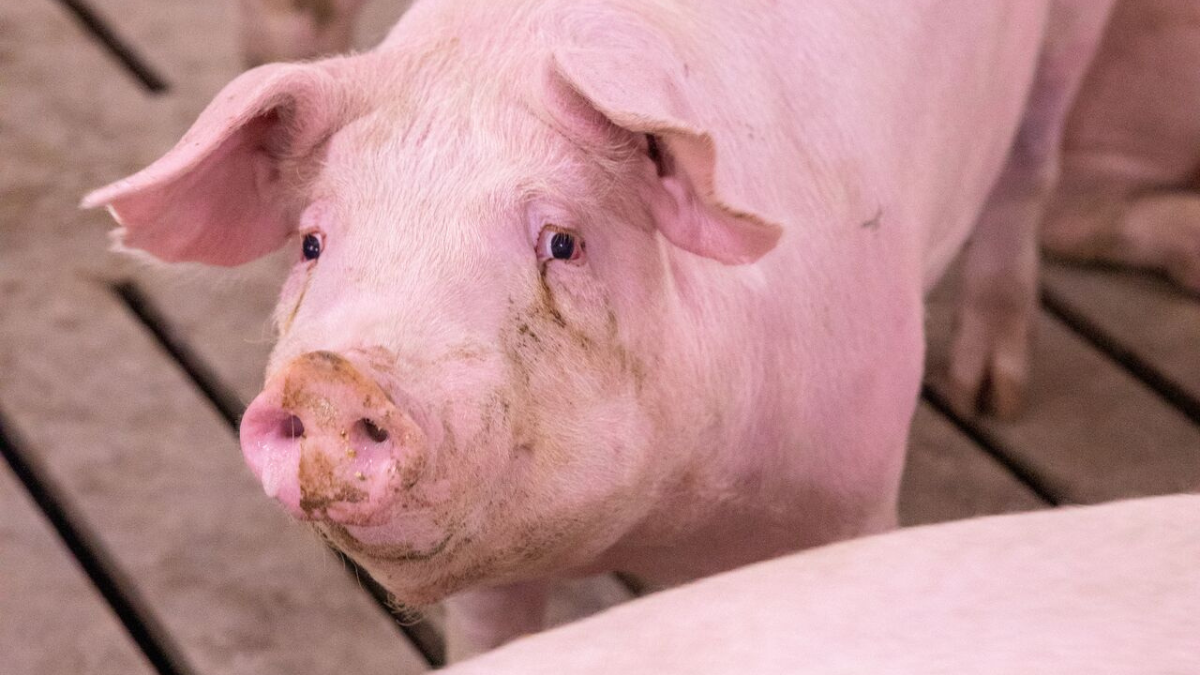Biosecurity is a term that is often used and often misunderstood. With the intent of protecting their pigs, modern pork producers require meticulous attention to who has access to their farms; equipment and product sanitation prior to entry; and strict herd health monitoring to prevent viruses like porcine reproductive and respiratory syndrome (PRRSV) and porcine epidemic diarrhea (PEDV) from entering the farm.
However, an often-overlooked area of risk in this equation is feed biosecurity. Even in our modern agricultural practices, viruses can easily hitch a ride into a farm on feed ingredients, silently entering and rendering all other biosecurity efforts futile.
To address this challenge, organic-acid-based feed mitigant (OAFM) offers a robust option to achieve viral mitigation in feed. OAFM effectively bridges the feed gap in biosecurity programs, being designed to mitigate viral agents such as PRRSV and PEDV through treated feed. OAFM provides a crucial layer of protection that can help prevent farms from experiencing devastating disease outbreaks.
As a result of many hard lessons learned during the introduction of PEDV into the industry over a decade ago, there is now a robust body of work in the field of feed biosecurity. It is well documented that viral pathogens like PRRSV and PEDV can survive in feed ingredients, especially in conditions that mimic long-distance transportation. This has profound implications, as feed becomes a “Trojan horse,” entering farms with the potential to spread these diseases far and wide. PRRSV alone costs the U.S. pork industry an estimated $664 million annually due to reduced reproductive performance, increased pig mortality, and the need for depopulation in severe cases. PEDV, although slightly less costly, can still wipe out entire groups of pigs, particularly young and newborn piglets.
Traditionally, biosecurity measures have focused on controlling other vectors, like people, vehicles and live pigs. However, feed has become an increasing concern as a possible transmission route for these viruses. Pathogens can contaminate feed ingredients during production, storage or transport, highlighting the need for a comprehensive biosecurity strategy that includes feed mitigation.
Despite the growing awareness of feed as a transmission risk, it remains under-prioritized in many swine biosecurity plans. This oversight likely stems from the assumption that feed, a seemingly inert product, poses minimal risk as a potential vector for disease introduction. However, modern research has shown that feed ingredients, especially soybean meal, can serve as carriers for harmful pathogens like PRRSV.
OAFM is comprised primarily of organic acids and has proven antiviral activity. It was specifically formulated to rapidly reduce diet pH, causing changes to virus survivability. Since the product does not use formaldehyde as part of the mitigation strategy, OAFM offers a safe and natural mitigant option without compromising animal performance or worker safety.
Preventing a disease outbreak is far less costly than dealing with the aftermath. According to industry estimates, a PRRSV outbreak can cost a farm up to $400 per sow annually when losses from reduced productivity, increased veterinary costs, and culling of infected animals are all considered. PEDV outbreaks, while less frequent, can have similarly devastating financial impacts.

Figure 1: PRRSV cumulative incidence across herds participating in the Morrison Swine Health Monitoring Project, which represents approximately 50% of sows in the U.S. Since the beginning of the project, annual incidence of PRRSV outbreaks across the represented herds has ranged from 18% to 40%.


Figures 2 and 3: Dee et al. demonstrated a significant reduction in herds practicing next-generation biosecurity (NGB), which incorporates systems designed to mitigate virus entry through direct routes of PRRSV entry such as infected animals and semen; indirect routes such as mechanical vectors and fomites, aerosol and feed. Farms that did not address one or more of these areas of virus entry experienced higher incidence of PRRSV breaks over a three-year period, and also saw improved KPIs in their herds.
Source: Dee et al.(2024). Further evidence that science-based biosecurity provides sustainable prevention of porcine reproductive and respiratory syndrome virus infection and improved productivity in swine breeding herds. Animals 14, 2530. 10.3390/ani14172530.
Feed mitigants like OAFM provide a relatively inexpensive insurance policy against these losses. By investing in feed biosecurity, producers can safeguard their herds and protect their bottom lines from the potentially devastating costs of a viral outbreak.
In the fight against viral diseases like PRRSV and PEDV, and with other health challenges looming on the horizon, OAFM offers a crucial line of defense for the modern pork production system. As swine biosecurity continues to evolve, the importance of feed mitigation can no longer be ignored. Use of OAFM will help ensure that feed remains a source of nourishment only — not of infection.
About the authors:

Dr. Jose Soto is the monogastric research and technical lead at Alltech. He was born and raised in Chile, where he received undergraduate and graduate training in agricultural sciences and agricultural economics, respectively. He received a Ph.D. in applied swine nutrition from Kansas State University, where he worked extensively with amino acid nutrition and dietary energy economic modeling. Prior to joining Alltech, Dr. Soto served in various roles for three of the Top 10 swine integrators in the U.S., in addition to several swine nutrition companies, where he was involved with research and development, production operations and technical services.

Dr. Andrew Bents is a swine technical veterinarian at Hubbard Feeds. He attended the University of Minnesota where he earned both his Bachelor of Science degree in Animal Science, as well as his Doctor of Veterinary Medicine degree. After graduation, Dr. Bents served the Worthington, MN area as a mixed animal veterinarian, with an emphasis on swine production.
At Hubbard, his role is to support pork producers by integrating and managing the interaction of health on all aspects of pork production through cooperation with producers, nutritionists, and their veterinarians. He is passionate about finding ways to improve pig health through advanced husbandry, nutrition, epidemiology, and pharmacovigilance techniques.
In his spare time, Dr. Bents enjoys spending time with his family, serving his church and community, helping on the family farm and woodworking in his shop.
I want to learn more about nutrition for my pig herd.
